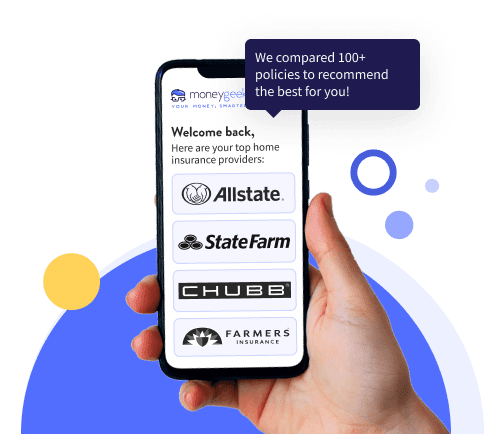Homeowners and renters insurance policies do not always include flood insurance. But it offers a level of protection that will greatly benefit those who live in flood-prone areas and wish to protect themselves from flood damage repair costs. That is especially true for those who live near creeks.
Even for Utah residents not living in a high flood-risk area, it helps to be prepared as more Americans remain at risk for flooding. The Federal Emergency Management Agency (FEMA) estimates that an inch of water can cost up to $25,000 in damage.
Flood insurance rates are based on property address, building characteristics and replacement cost and coverage.



